**Jatropha: A Detailed Description**
*Introduction:*
Jatropha is a genus of flowering plants in the Euphorbiaceae family, comprising numerous species distributed across tropical and subtropical regions around the world. These plants are known for their diverse uses, including ornamental purposes, biodiesel production, and medicinal properties.
**Appearance and Foliage:**
Jatropha species vary in size and appearance. Some species, like Jatropha curcas, are small shrubs or trees, while others, like Jatropha integerrima, are compact and bushy. The leaves are typically large, palmate or lobed, and can have a glossy or matte texture. The foliage may be green, gray-green, or variegated, depending on the species.
**Flowers and Blooms:**
Jatropha plants produce clusters of small, star-shaped flowers that are often brightly colored, ranging from red, pink, or white. The inflorescences can be terminal or axillary and are borne on long stalks. The flowers are attractive to pollinators such as bees and butterflies and add a vibrant touch to gardens and landscapes.
**Fruit and Seeds:**
After flowering, Jatropha plants develop fruit capsules that contain seeds. The capsules may be round, oblong, or elongated, and their appearance varies among species. The seeds are usually large and have a hard outer shell. In some cases, the seeds are poisonous and should not be ingested.
**Cultivation and Care:**
Jatropha plants are generally adaptable and can tolerate a range of growing conditions. They prefer full sun but can also handle partial shade. Well-drained soil is essential to prevent waterlogging and root rot. These plants have moderate water requirements, and it is important to allow the soil to dry out slightly between waterings. They are typically low-maintenance and relatively pest-resistant.
**Uses and Benefits:**
Jatropha species have various practical applications. Jatropha curcas is cultivated for its seeds, which are used in the production of biodiesel due to their high oil content. Some Jatropha species have ornamental value and are cultivated for their attractive foliage and flowers. Additionally, certain species have medicinal properties and are used in traditional medicine for treating ailments like skin diseases, rheumatism, and digestive issues.
**Caution:**
While Jatropha plants have numerous beneficial uses, it is important to exercise caution. Some species, including Jatropha curcas, have toxic properties, and the seeds, leaves, and sap should not be ingested. It is important to be aware of the specific properties and potential hazards associated with each species and take appropriate precautions.
*Conclusion:*
Jatropha plants, with their diverse appearances and uses, offer a range of options for gardeners and enthusiasts. Whether as ornamental additions, biodiesel sources, or medicinal plants, they showcase the versatility and resilience of the Euphorbiaceae family. With proper care and caution, Jatropha species can thrive and bring beauty, utility, and even health benefits to gardens, landscapes, and various industries.

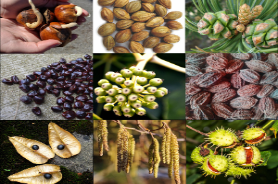






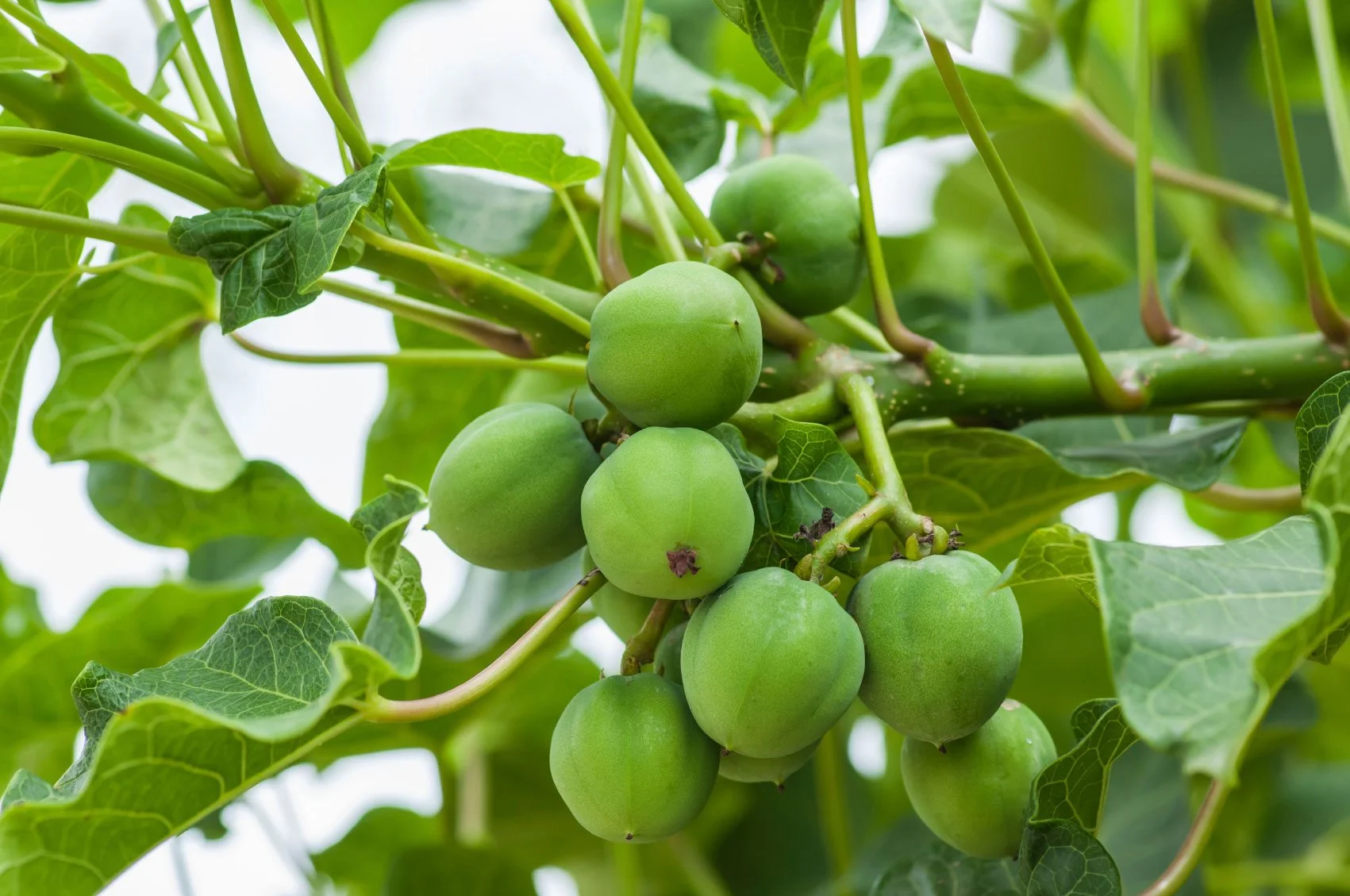
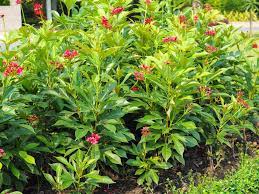
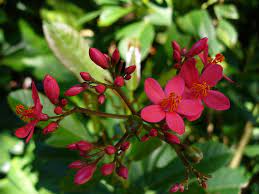


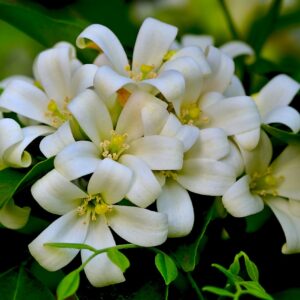

Reviews
There are no reviews yet.